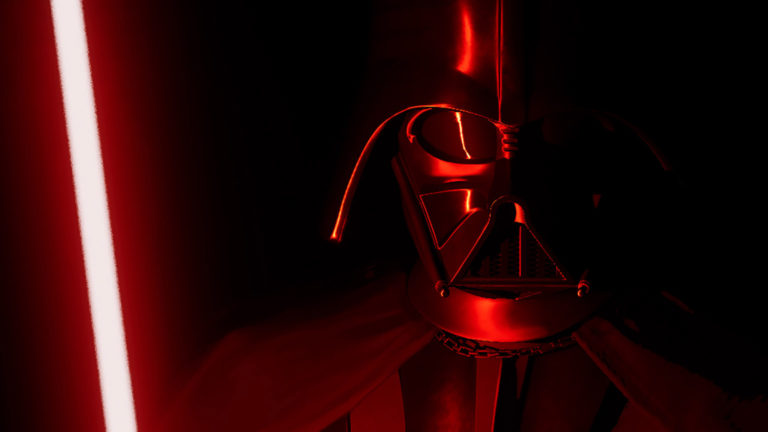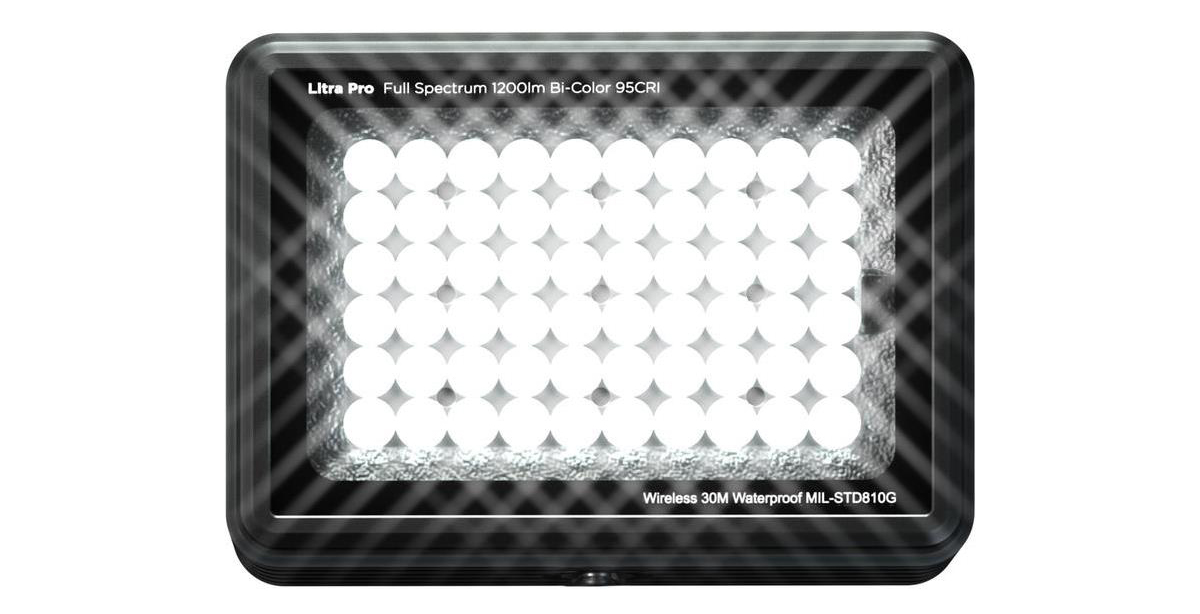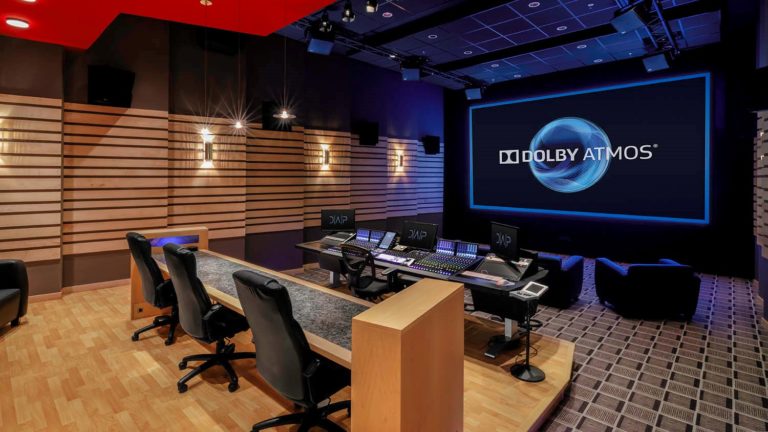More Loudspeakers, More Problems?
RBDG designed a solution for this that keeps the producer position at its traditional location at the back of the control room and adds an additional set of surrounds hung above and at an angle to the producer desk, with appropriate time delays dialed in to allow the surround signal to arrive coincident with the LCR’s sound. They are also positioned on the same 100- to 120-degree plane as the surround speakers serving the mix position. The technique was used in three recently completed control rooms that RBDG designed at commercial post facility Reel FX in Dallas.
Another relative newcomer to control rooms is HD video projection, replacing LCD screens in front of the workstation console. Projection video allows larger images, which are critical in HD editing and mixing. However, ceiling-mounted projectors can cause an acoustical “bump” if they fall into the surround field, and projectors are inherently noisy. Many new HD projectors are fairly slim, but the best solution is to soffit the unit in the ceiling, lining the soffit with acoustical baffles.
(A secondary use for projection screens in the control room is the ability to use the screen as a massive display for the workstation and hard disk systems themselves. This kind of application reduces eye strain and is just plain cool. This certainly ensures constant use of the projector; however, this is why it’s also critical to allow for sufficient cooling of the unit within the soffit.)
Manzella says some owners have opted for sneaker-net solutions, moving hard drives from room to room and relying on CDs and DVDs to store sound effects. The next generation of discs, Blu-ray and HD DVD, which can hold upwards of 30 to 50 GB on a single disc, could also sway some facilities away from the idea of complete central storage. That allows facilities to wait out changes in virtual storage, both for new technologies and price drops in existing ones.
Davis Malekpour, whose design company, Professional Audio Design in Boston, recently upgraded the Electronics Arts in-house post-production studio in Los Angeles, says that things smaller than SANs are impacting layout and workflow. What you’re not seeing any more are racks for processing equipment,” he says, referring to the tidal wave of audio plug-ins that has eliminated the need for hardware-based DSP. The effect has not just been to free up space, either. “The fact that you can now store your DSP parameter settings as part of the file you’re working on changes the way people work,” he says. “They can move much more quickly between projects because the set-up time is nil.”
In fact, looking to the near future, Malekpour suggests the music production model will become more prevalent in audio post-production, with remote collaboration becoming a common working methodology and smaller rooms working simultaneously in support of a main room. “We’ll see more work accessed and delivered via FTP or services such as DigiDelivery,” Digidesign’s proprietary drag-and-drop file exchange protocol, Malekpour believes. “The mentality of post-production is collaborative, and we’re already seeing some elements of sound for film and video being done in personal studios, then sent via Internet and integrated into the larger project at a commercial facility.” The effect on facility layout is changing accordingly,” he says, noting the shift to a larger number of smaller rooms surrounding a main mix control room.
The upgrade at Electronic Arts was centered on the change-out from a digitally controlled analog Euphonix console to an all-digital Digidesign Icon. Malekpour says that move is emblematic of the larger trend. “You go from a large-footprint console to a smaller one, you pull the racks out of the room and do DSP with plug-ins, and give the client more space, all while still reducing the overall size of the room,” he says, citing additional benefits such as a smaller console resulting in less sound reflected from the work surface. He says the technical staff at EA has reported productivity gains of 25 to 35 percent since the switch to all-digital and the change in the room’s layout.
Designer John Storyk, of Walters-Storyk Design Group in upstate New York, who recently finished a new six-room editing facility for TV food icon Rachael Ray, agrees, noting that the same digital technology is cutting down on one of layout design’s more prosaic but nonetheless major issues: cabling. With digital, cabling is actually easier because the wiring becomes smaller,” he says. “I envision a day when there’ll be almost no copper in some installations.”
This trend also tends to lead studios to add services, becoming one-stop shops. Under these circumstances, the cost savings implicit in digital technology are overwhelmed by the costs of the greater amount of equipment to add more services and increased design and construction costs to make the additional pieces fit perfectly. However, Cronin points out that those higher building and outfitting costs are more than offset by increased productivity: “The cost per square foot is higher, but so are the returns on the investment.”
The logical continuation of digital’s less-is-more paradigm could make the audio suite as sparse as a Shaker furniture exhibit. Malekpour suggests that touch screen monitors now being used with Pro Tools systems, such as those from Wacom, could go wireless, with nothing but the GUI on tablets in the room with the editor and the client. “Why not?” he asks. “I just listened to a rough mix of a song I’m working on my iPhone.”
Did you enjoy this article? Sign up to receive the StudioDaily Fix eletter containing the latest stories, including news, videos, interviews, reviews and more.









